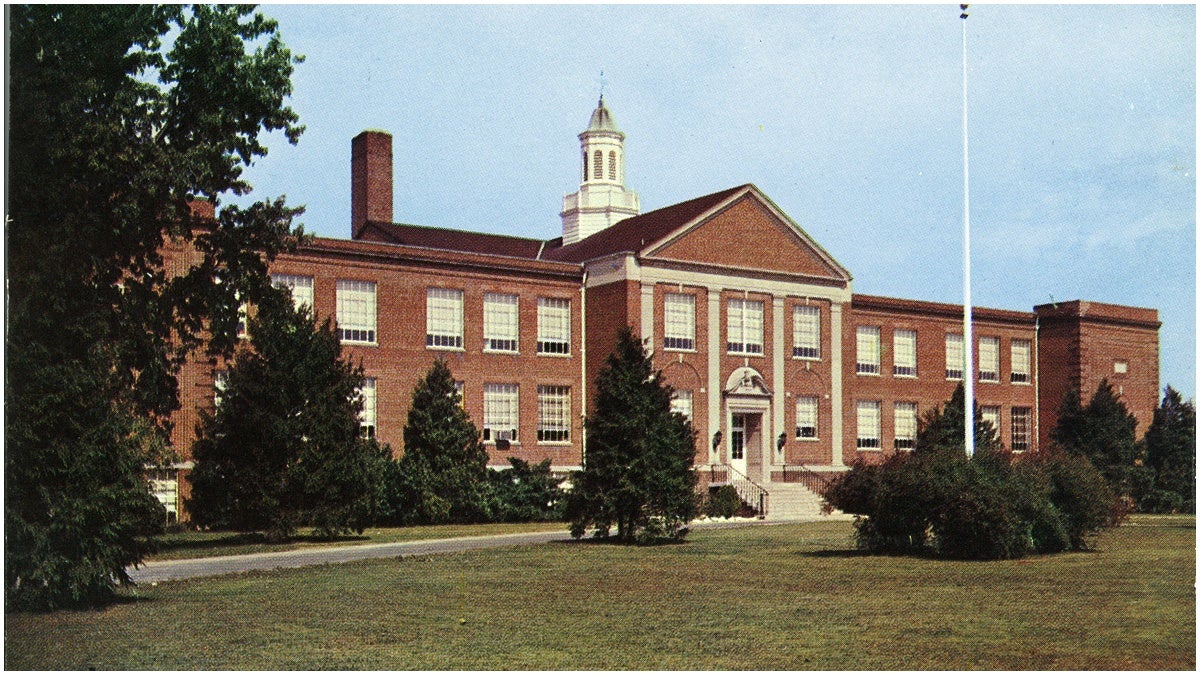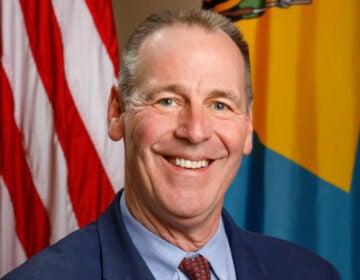Delaware resident recalls impact of Brown vs. Board of Education

Dover High School (Photo courtesy of Delaware Public Archives)
Dover native Cherritta Matthews didn’t realize she was making history when she enrolled at Dover High School in 1954.
It was September, and just several months after the U.S. Supreme Court struck down school segregation. Now, decades later, Matthews will observe the 60th anniversary of the landmark Brown vs. Board of Education ruling in May.
“It’s amazing, it’s mind boggling, you have to pinch yourself,” Matthews said.
Leaving was not an option
A total of 17 young African-American students enrolled in Dover High School that year. Unfortunately, not all of them finished; a few who left did not realize the importance of breaking barriers.
For Matthews, leaving the integrated school was not an option. It was a given that Matthews, an only child, was going to be educated.
“I give my parents all the honor and glory, and of course the Lord, but my parents were strong role models for me,” said Matthews, who was born to William J. Laws and Dr. Ruth Mitchell-Laws, both educators.
In fact, Matthews graduated high school at the age of 15. She learned to read at such a young age that she started the first grade before she was 5 years old.
Matthews was also promoted to the third grade early because she was way ahead of her second grade class.
“Once I graduated, I went to college, Oberlin College. I ended up at Hampton University where my parents had been, mainly because I wanted to major in speech pathology and Oberlin did not have that major. From that point on I married an Air Force pilot, went to France where my son was born, so he now has French nationality and came back to Dover,” she recalled.
Upon her return to Dover, Matthews obtained a job in the Capital School District, becoming the first speech pathologist in the state. She wore many hats during her career, and was employed for a period of time with the Department of Education.
After a period of consulting with charter schools in speech pathology, she now serves as President of L&M Educational Resources.
A time for reflection
As the anniversary of Brown vs. Board of Education approaches, it’s also a time to reflect on two Delaware lawsuits that were included in the landmark case, Bulah vs. Gebhart and Belton vs. Gebhart.
Both cases involved the exclusion of black students from predominantly white schools.
In fact, the Delaware cases were the only ones included in Brown vs. Board of Education that ruled in favor of the plaintiffs. However, those rulings did not strike down Delaware’s segregation law.
While there was a great deal of support for desegregation in Dover, neighboring towns did not similarly embrace progress. In Milford, the idea of integration caused a great deal of unrest.
11 African-American students enrolled in Milford High School, but because of protests, the students withdrew from school. Desegregation took several years to implement.
60 years later, diversity is exemplified by Hanby Elementary School in Wilmington. Principal Veronica Wilkie recently reflected on the impact of Brown vs. Board of Education.
“I think it has really enhanced people learning, because you just learn so much more about culture,” Wilkie said. “The world is diverse and our children need to be able to experience that diversity in every setting, and where do they spend the most time but in schools.”
Though schools are now integrated, there is still one major concern within the education system: an achievement gap between African-American and white students.
“The achievement gap is definitely too large; not huge, but we still want to make it so that all children have access,” Wilkie said. “They’re all in the school but they don’t have the same resources.”
Lack of resources within schools are attributed to the differences between neighborhoods. While the Brown vs. Board of Education court ruling allowed equal access to education, Matthews observed that other challenges still exist.
“I say generally the challenges are adequate role models, finances, more opportunities to mingle with people of all ages in stages, in this day and time we,” she said. “So many people want to affiliate only with their age group, but there’s so much to be learned and gained. In this world, the real situation is that we are working with people of all ages, stages backgrounds and environments, so those kinds of opportunities need to be made.”
It was those kinds of opportunities that helped Matthews during a time when integration was new within the school system, allowing her to bond with white students and with the African-American students that shared her journey.
“I walked away with many friends from Dover High School,” she said. “Although we don’t see each other all the time, when we do see each other, we’re just like sisters and brothers.”
WHYY is your source for fact-based, in-depth journalism and information. As a nonprofit organization, we rely on financial support from readers like you. Please give today.




